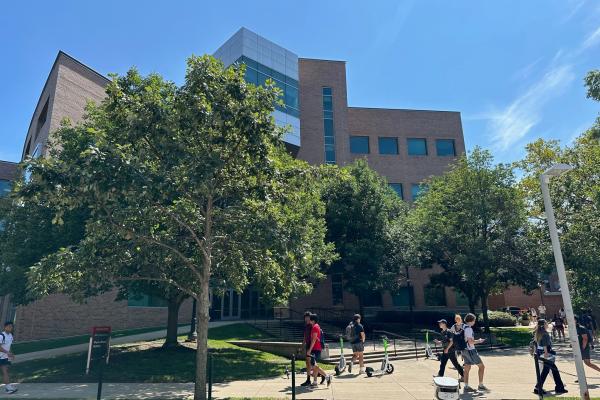
Mark Fischer
University of Zurich
Exotic electronic orders in kagome metals
Location: 1080 Physics Research Building
Faculty Host: Nandini Trivedi
Abstract: The family of Kagome metals AV3Sb5 with A = K, Rb, Cs has attracted a lot of attention recently for the wealth of exotic phases its members exhibit. In particular, all three members enter a charge-density-wave phase at ~100 K and below a critical temperature of ~1-3 K, they become superconducting. While experimental results agree on an in-plane 2x2 reconstruction due to the charge density wave, the exact nature of the ordered phase, specifically whether it breaks additional point-group or time-reversal symmetries in the form of loop-currents, has yet to be determined unambiguously. In addition, little is known about the superconducting state. In this seminar, I will give a broad introduction to this family of materials with a focus on our recent works on both the normal and the superconducting state. For this purpose, I will present a phenomenological description of charge-density-wave and superconducting phases in the form of a Ginzburg-Landau free energy. Studying charge-density waves and their interplay, and given recent transport experiments in the normal state, we arrive at a picture in this material class of correlated orders at a tipping point. Further, we find the superconducting phase to show clear signs of almost decoupled two-gap superconductivity and finally, a superconducting phase that mimics the broken symmetries of the charge order, as recently observed in scanning tunneling microscopy experiments.
